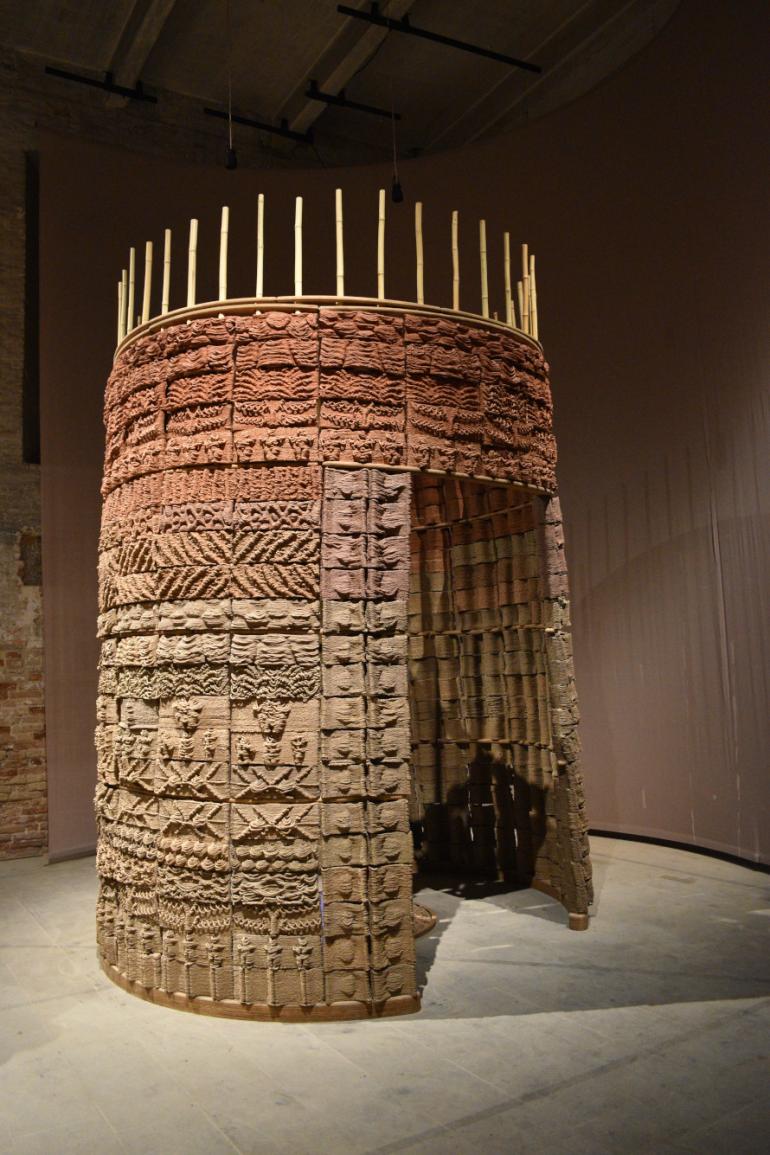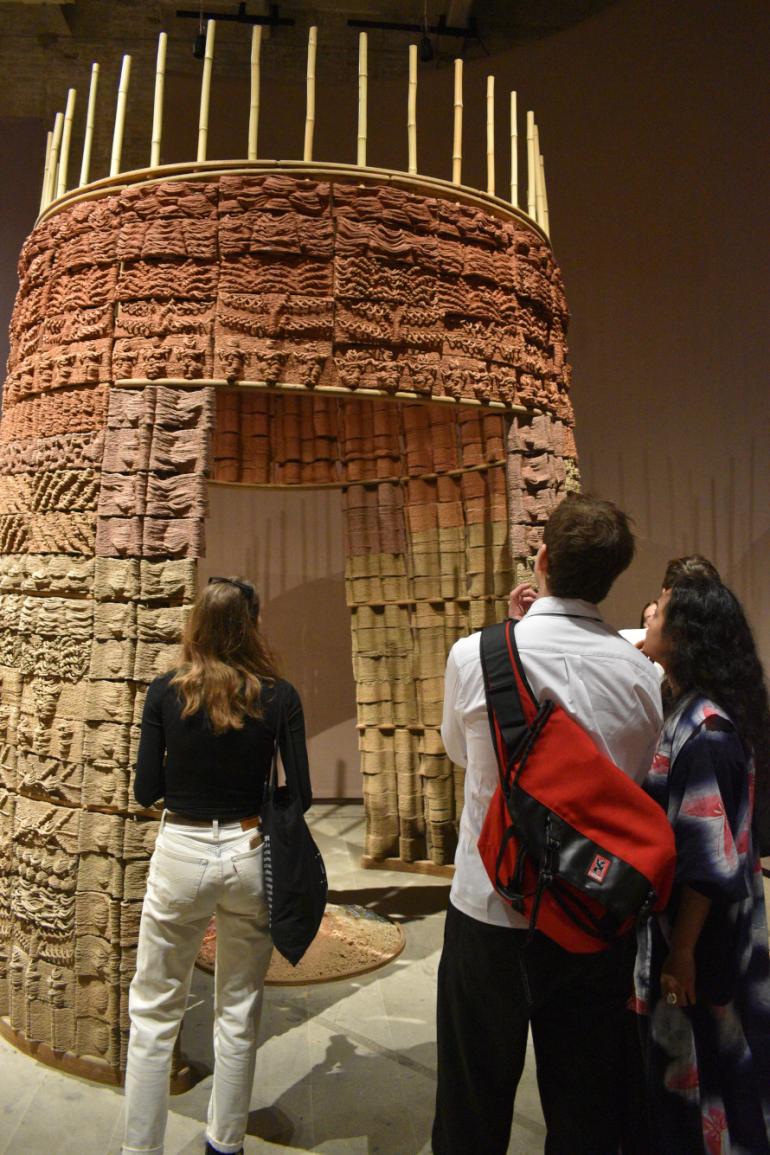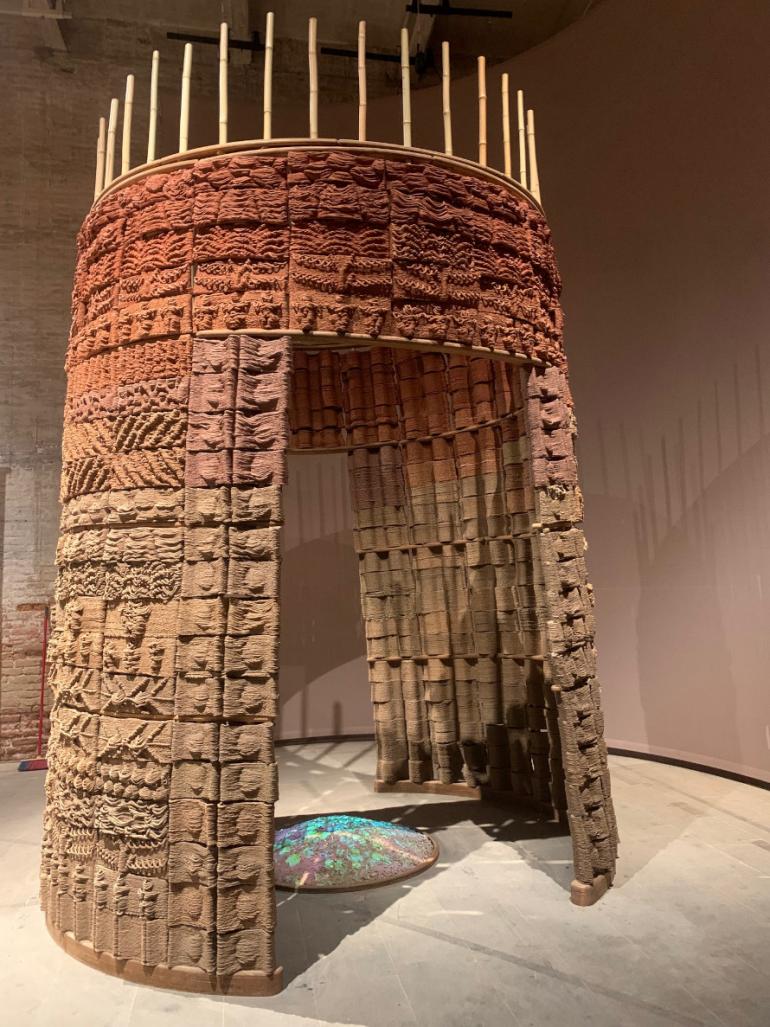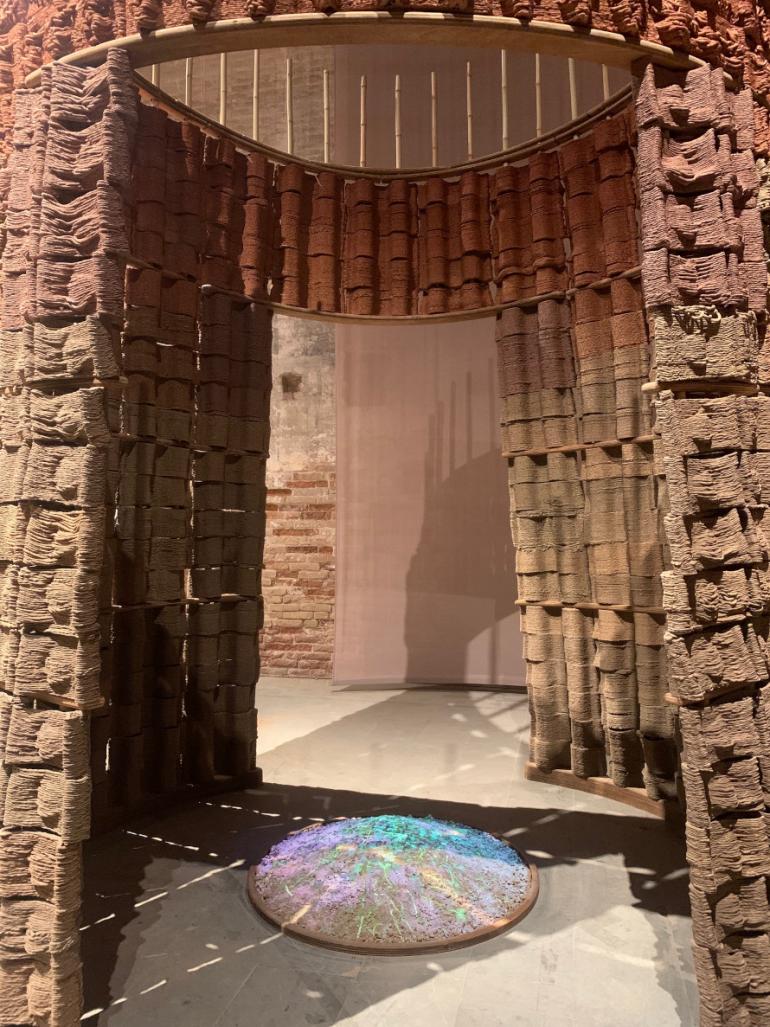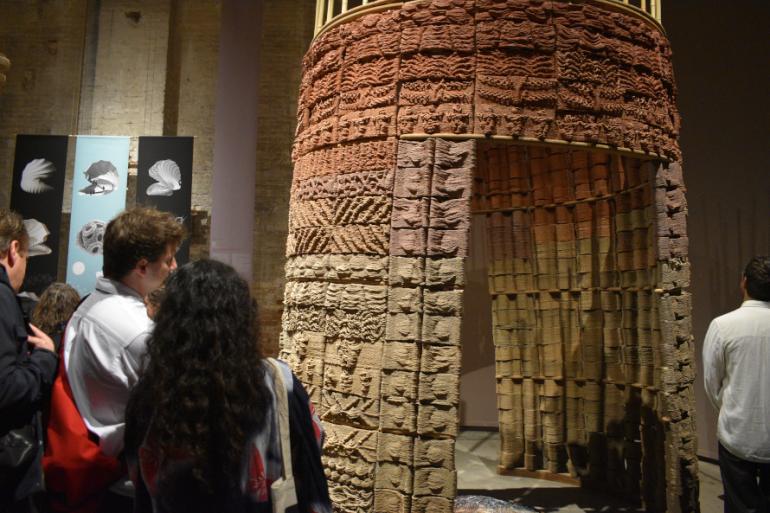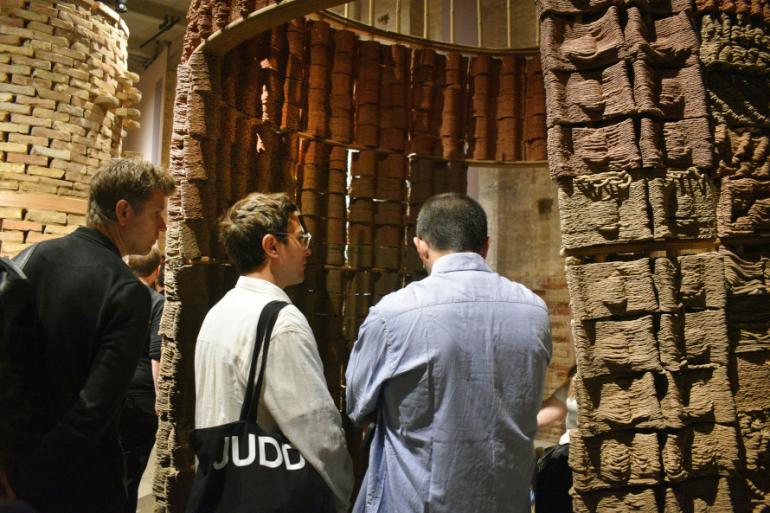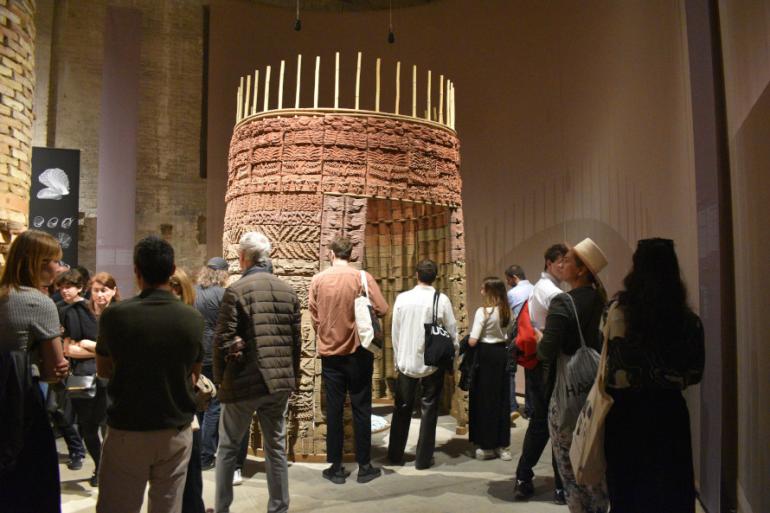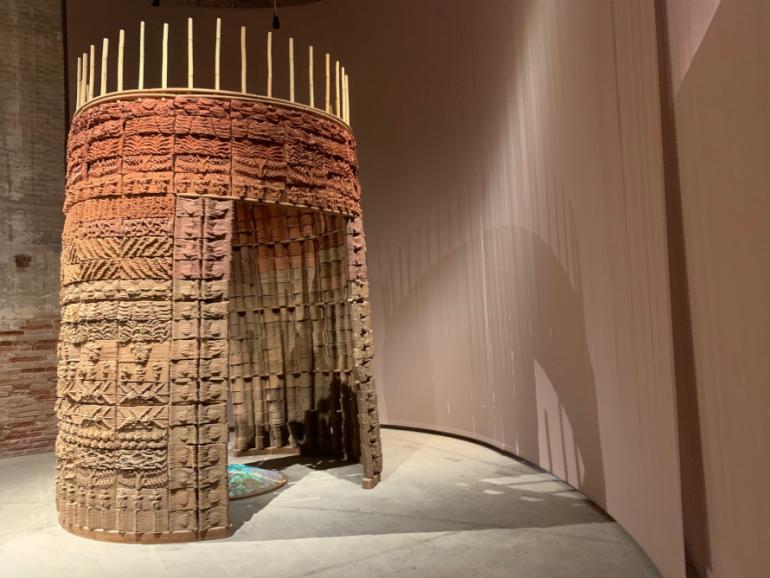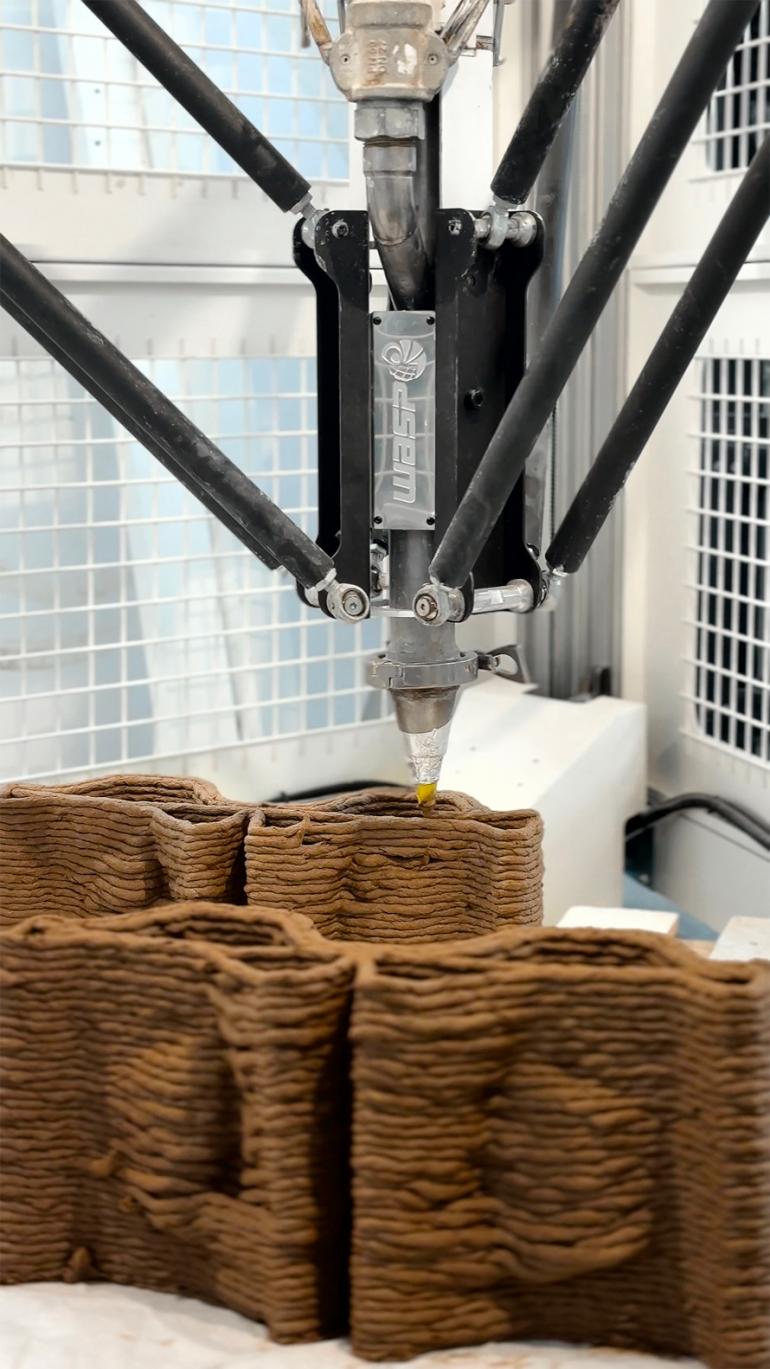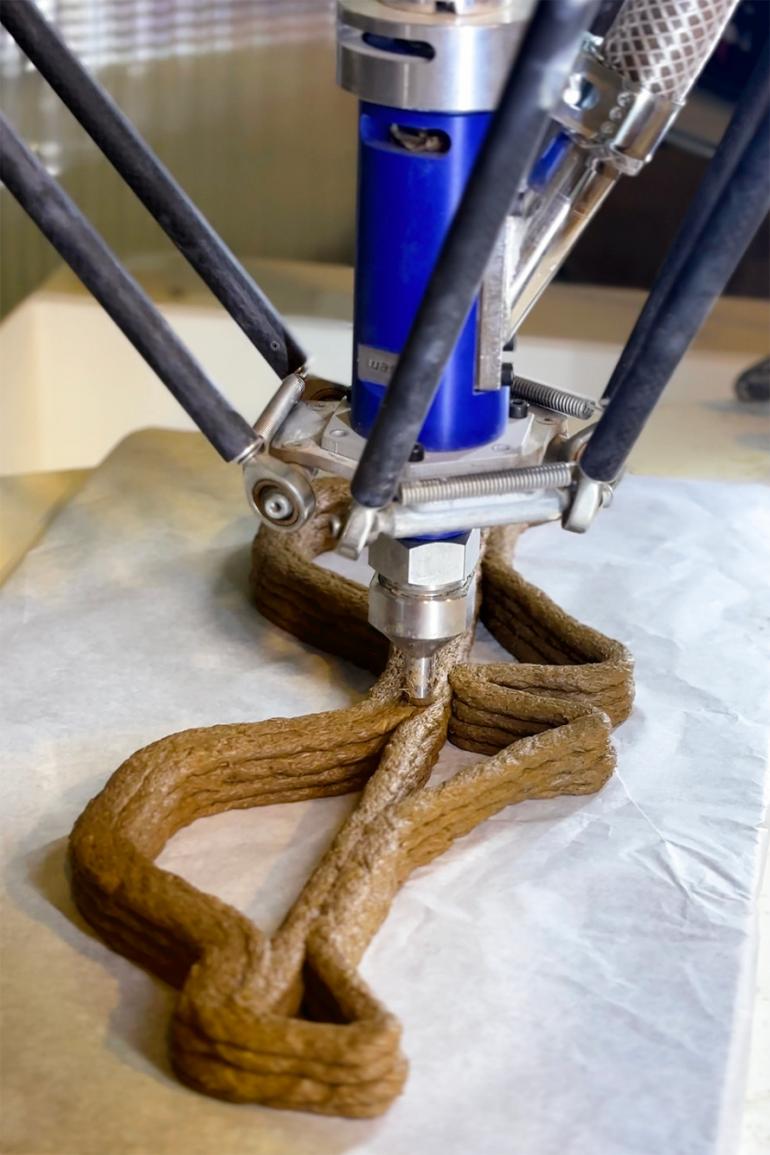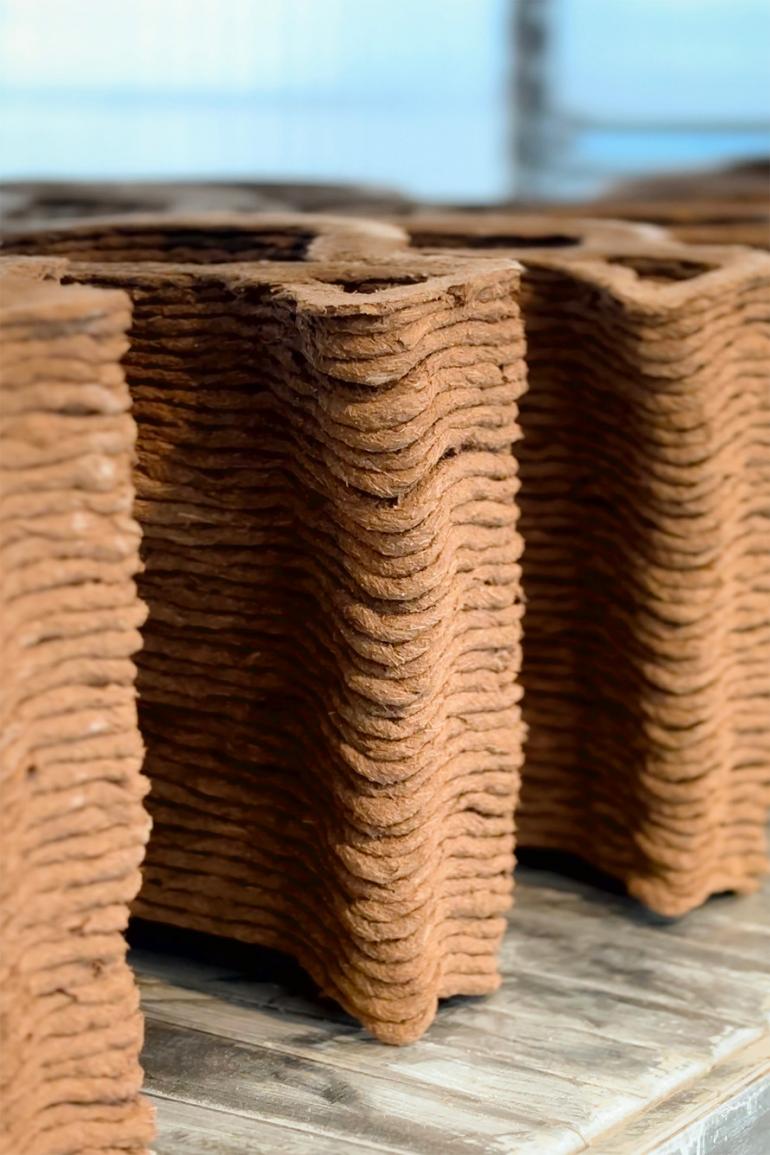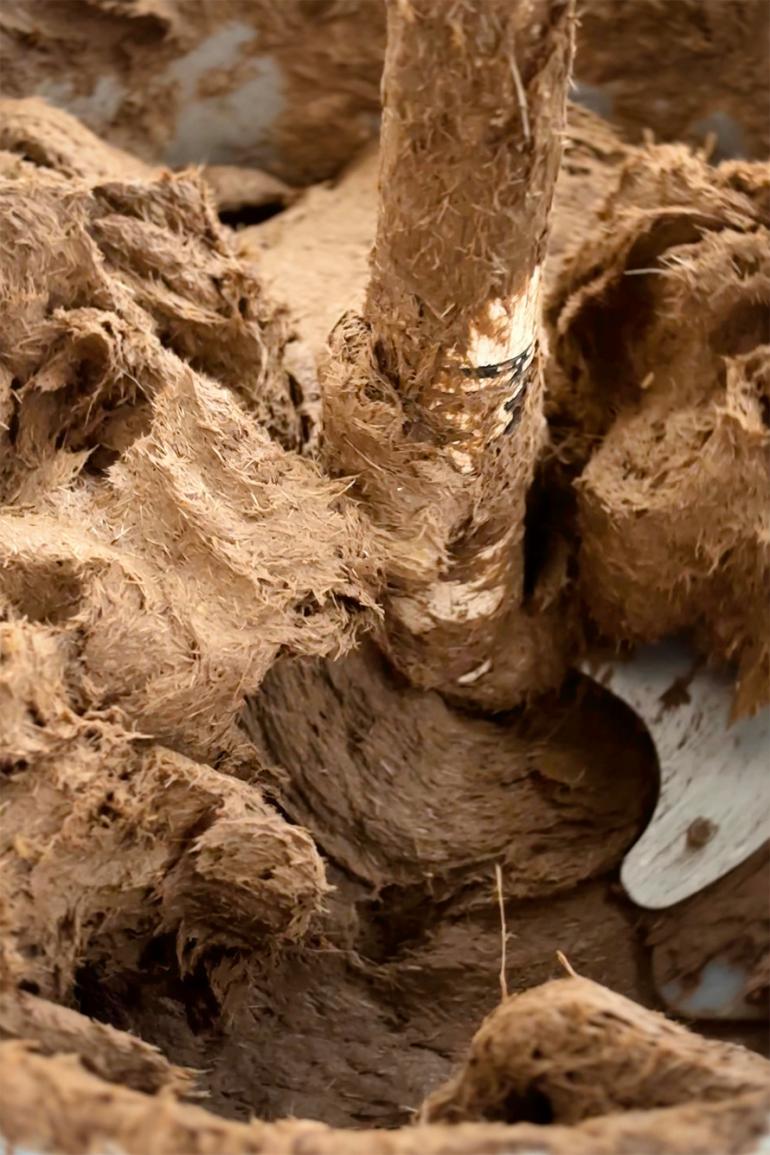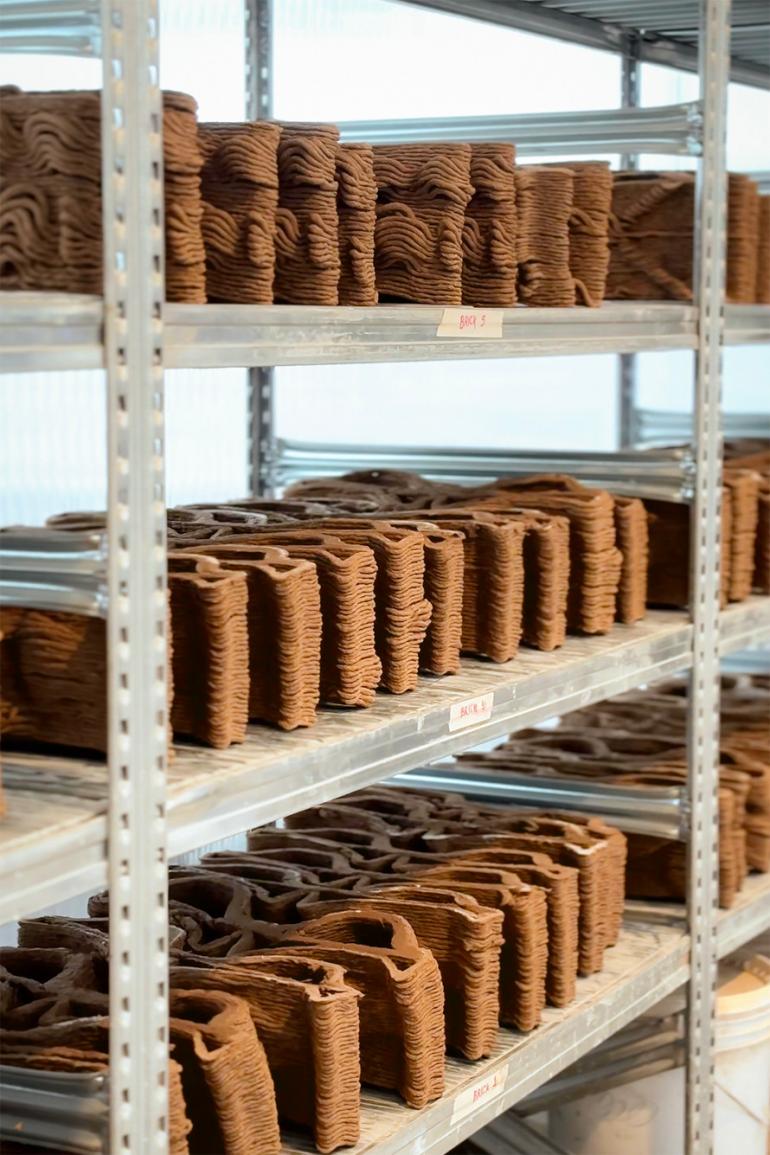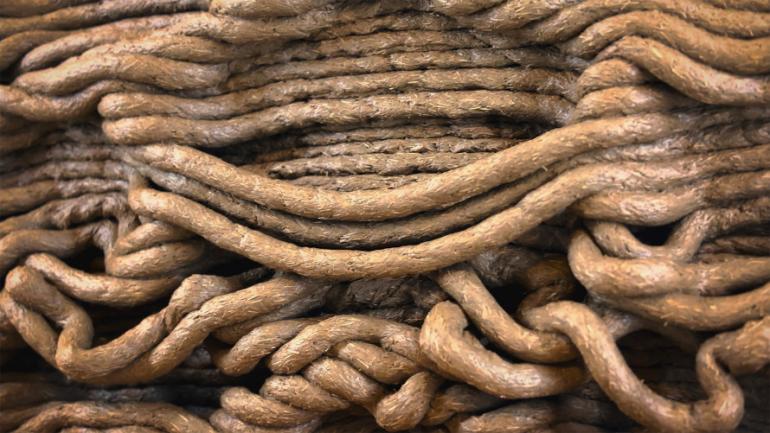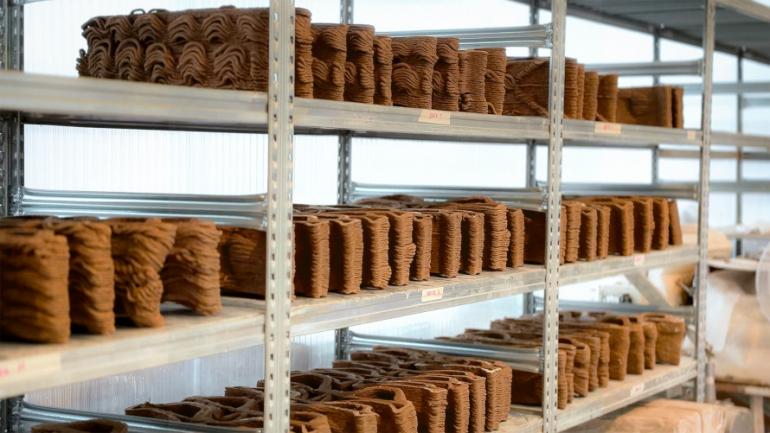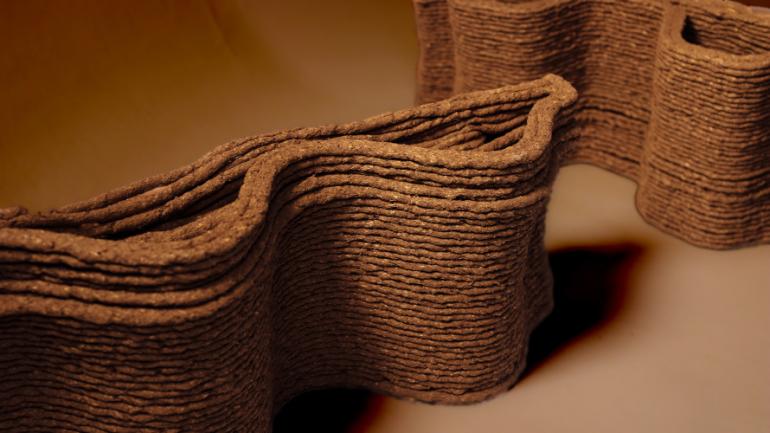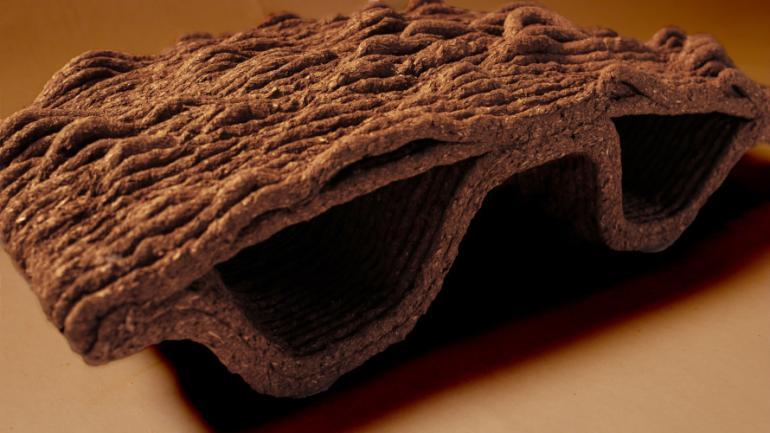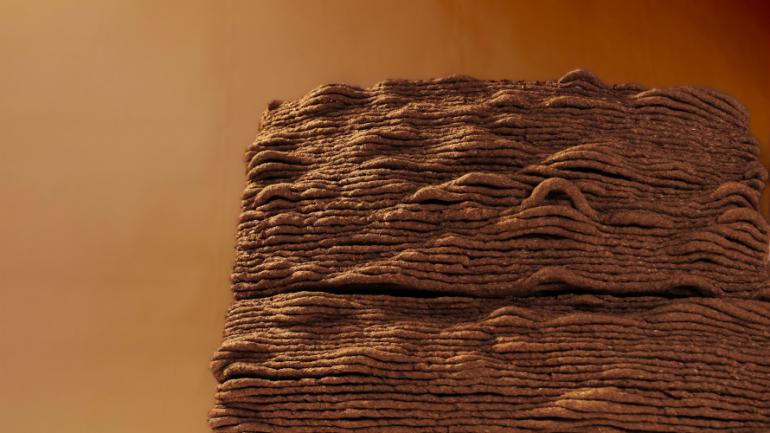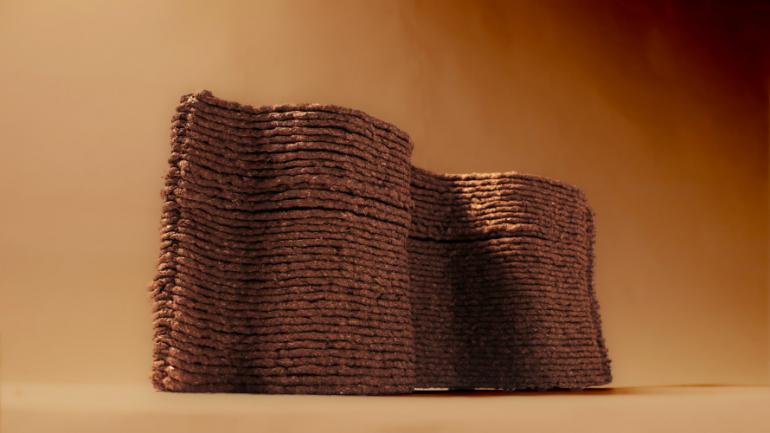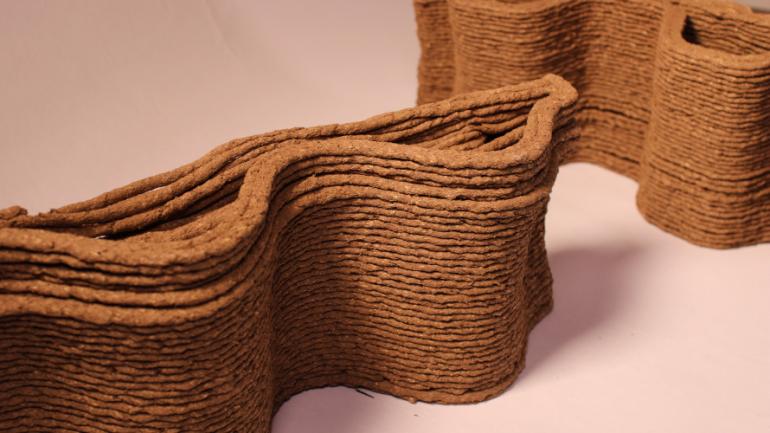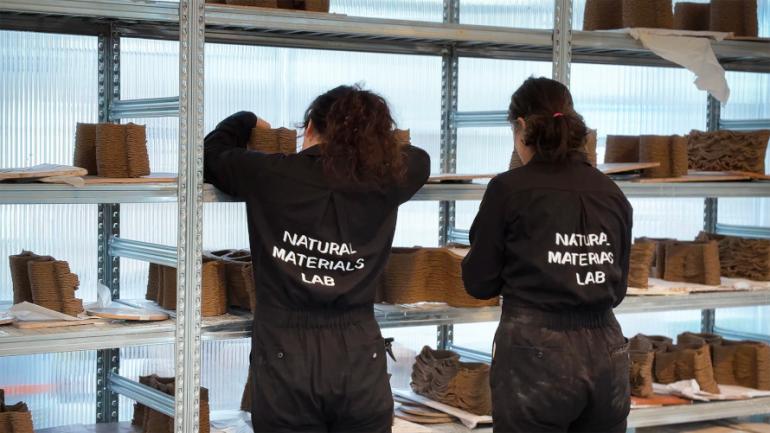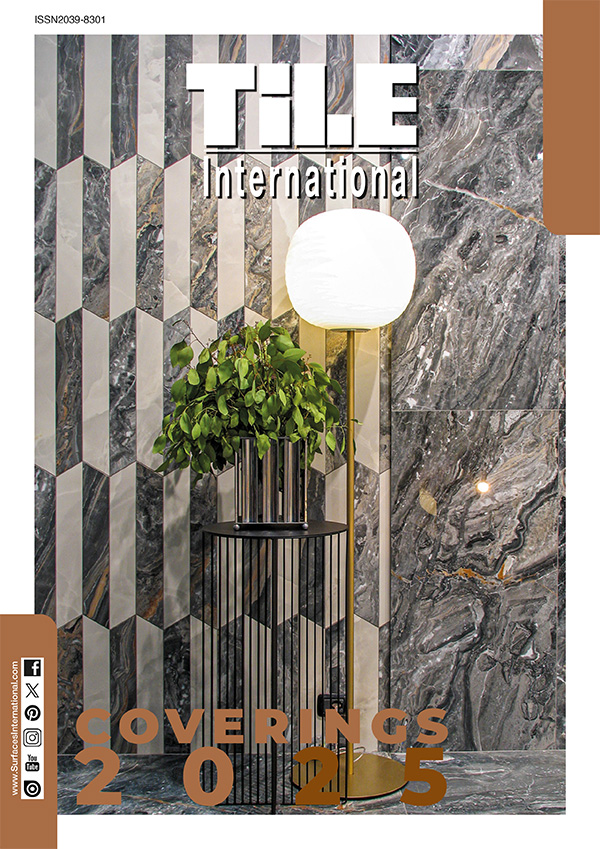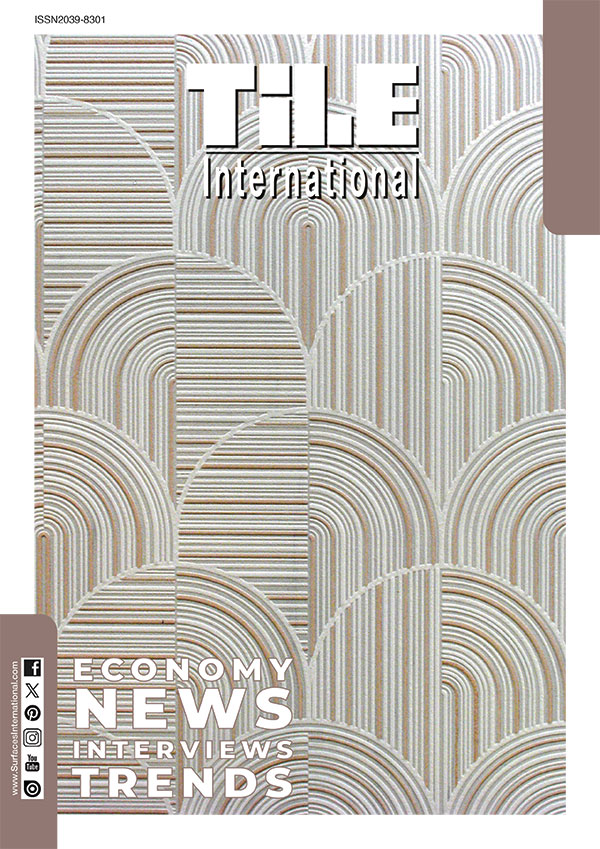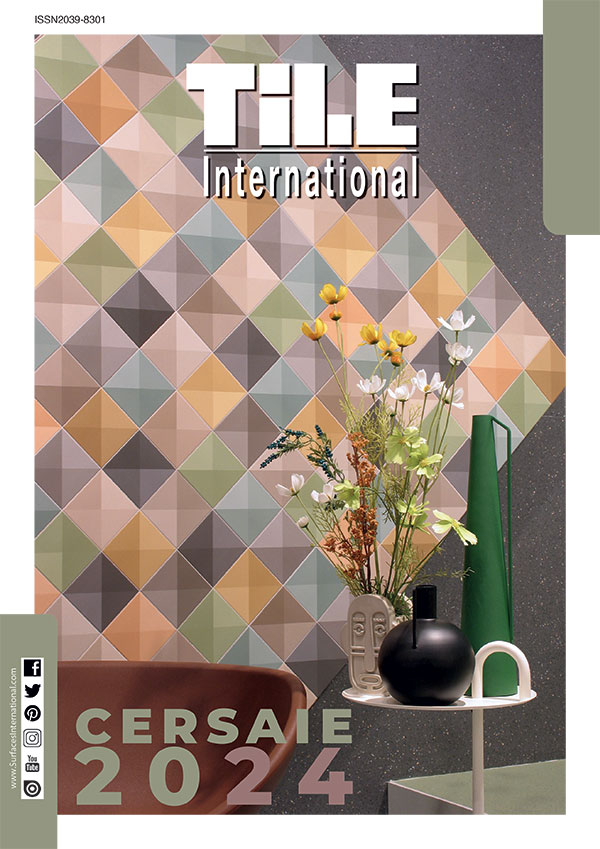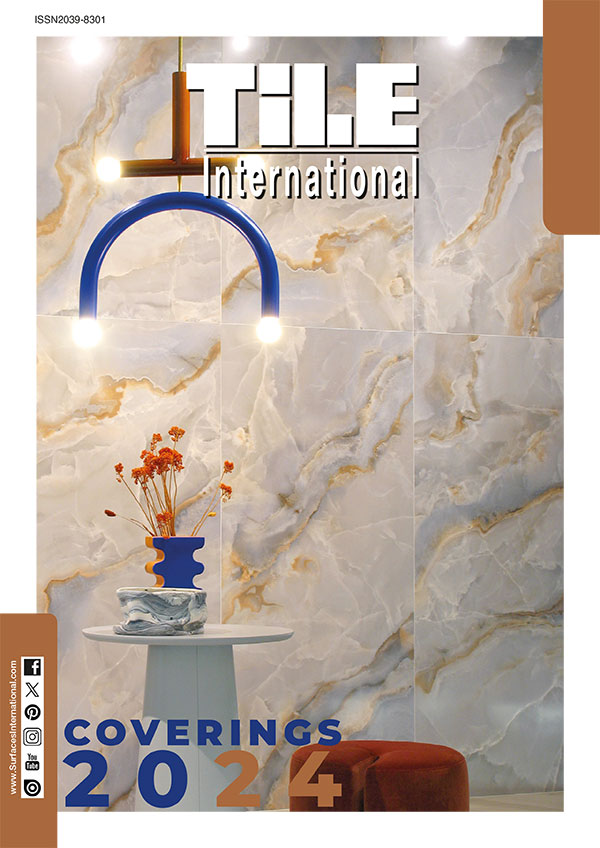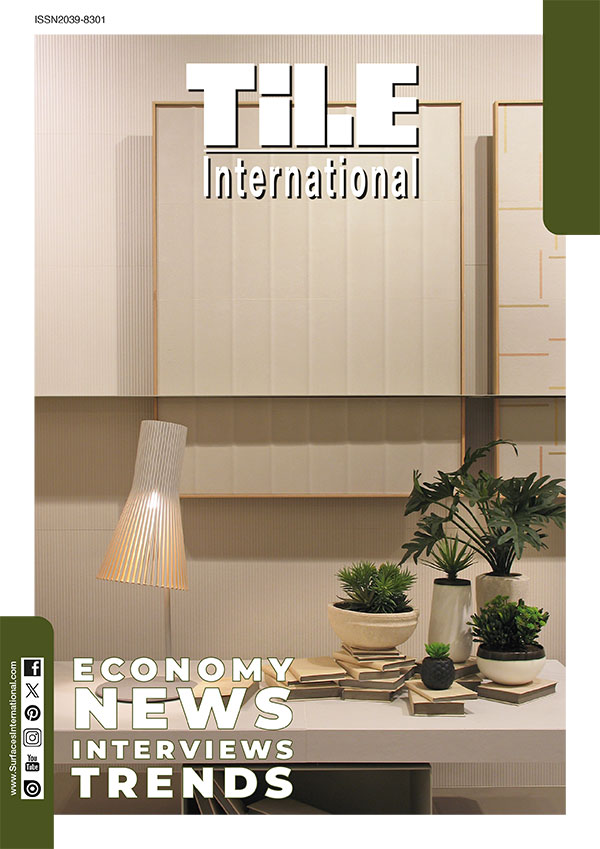WASP and Columbia University for Natural Materials Lab at the 19th Venice Biennale of Architecture
On the occasion of the 19th edition of the Venice Biennale of Architecture, WASP and The Natural Materials Lab of Columbia University GSAPP collaborated on the creation of a unique 3D printed earthen installation that explores the intersection of AI-driven design with traditional materials rooted in embodied human histories.
This project stems from an existing partnership, as the Natural Materials Lab has been using WASP’s clay 3D printing technology, specifically the WASP 40100 LDM ceramic 3D printer for several years, as part of an NSF-funded project to investigate and advance research on raw earth and fiber-based building materials.
For the creation of Earthen Rituals, the Natural Materials Lab reached out to WASP to support their production for the project, which included hundreds of earth tiles, within an intense production schedule. The lab team was hosted at WASP’s facility as part of the WASP Residency Program, where they had access to several of WASP’s latest LDM technologies, including the WASP 40100 Production for 24/7 customized serial production and the WASP 3MT LDM combined with the HD Continuous Feeding System.
Earthen Rituals – 3D Printed Earthen Installation
Facilitated through a digitized translation of existing earthen textures into code, Earthen Rituals generates a 3D printed system with earth-fiber mixtures combining construction waste soils with agricultural by-products. The 3D printed mixture was developed through a kitchen approach, informed by ancient earth construction techniques cultivated in regions of the globe (e.g., Terracruda in Italian, Lehm in German, Toub Laban in Arabic, and Udongo in Swahili) to blend vernacular wisdom with cutting-edge material science to push the boundaries of what digital cleanliness is.
The visual character of the installation is shaped by techniques of rammed earth, weaving, basketry, and figurine-making. Earthy scents and light projections inside the structure enhance sensory and ritualistic experiences, illuminating the lifecycle, recyclability, and interplays between handcraft and mechanization.
By addressing extractive practices, colonial legacies, and climate crises, Earthen Rituals proposes ceremonial avenues that fuse approaches to human hand, tools, and machines; radical approaches that embrace raw materials and their messy, porous, and variable qualities; and devotional approaches that negotiates critical material design with fundamental scientific rigor.
The installation, located in the Natural section of the Arsenale area of the Biennale, will be open to visitors until the closing of the exhibition on November 23.
Installation Opening Photos: Biennale Venezia
Making Of Photos: WASP

